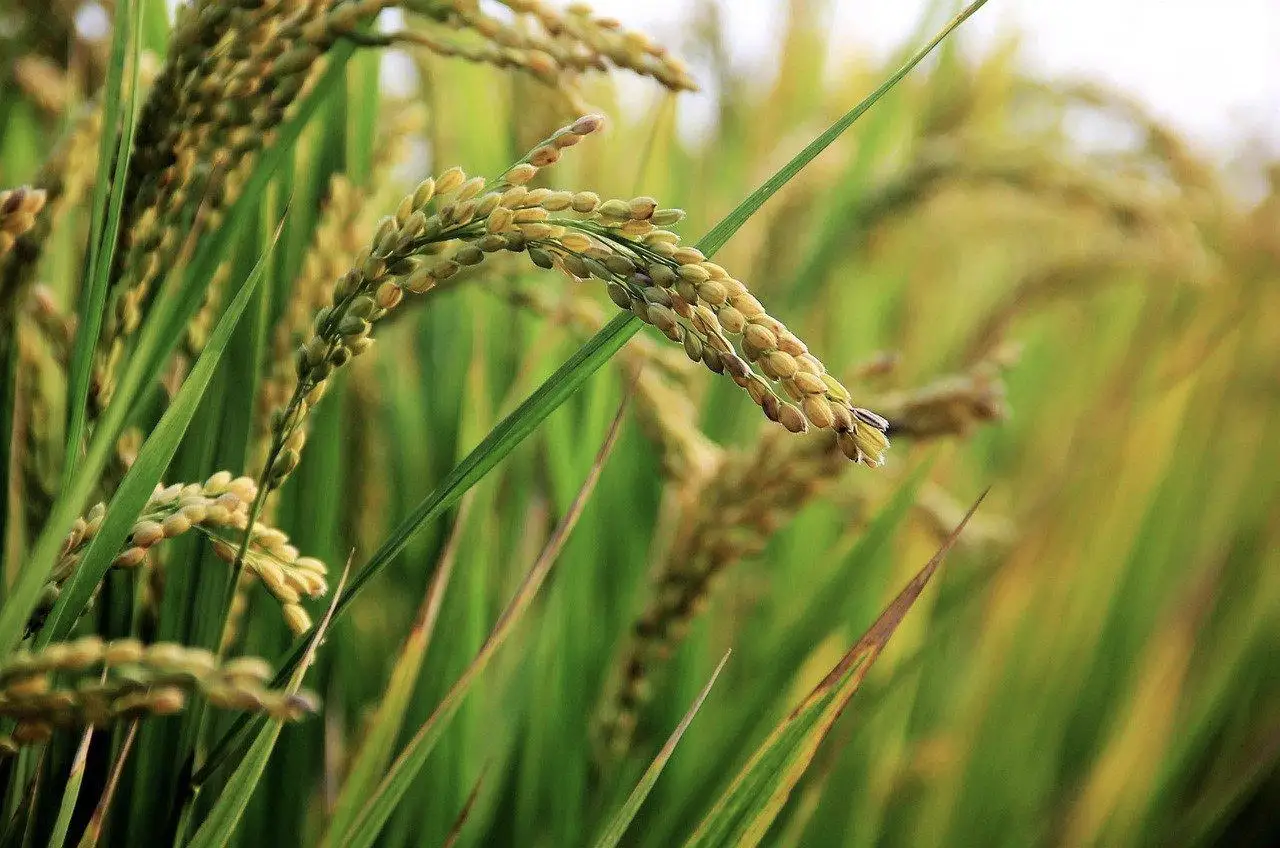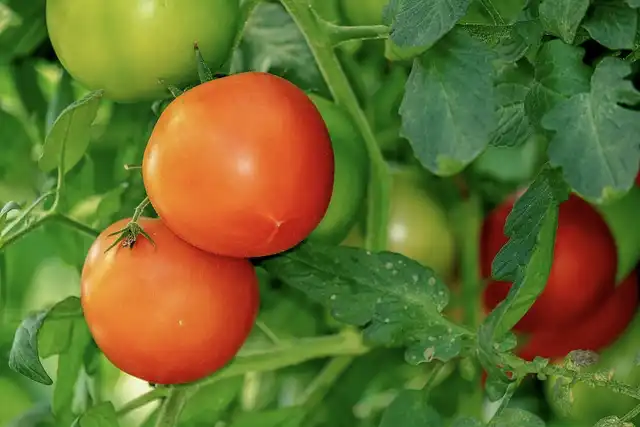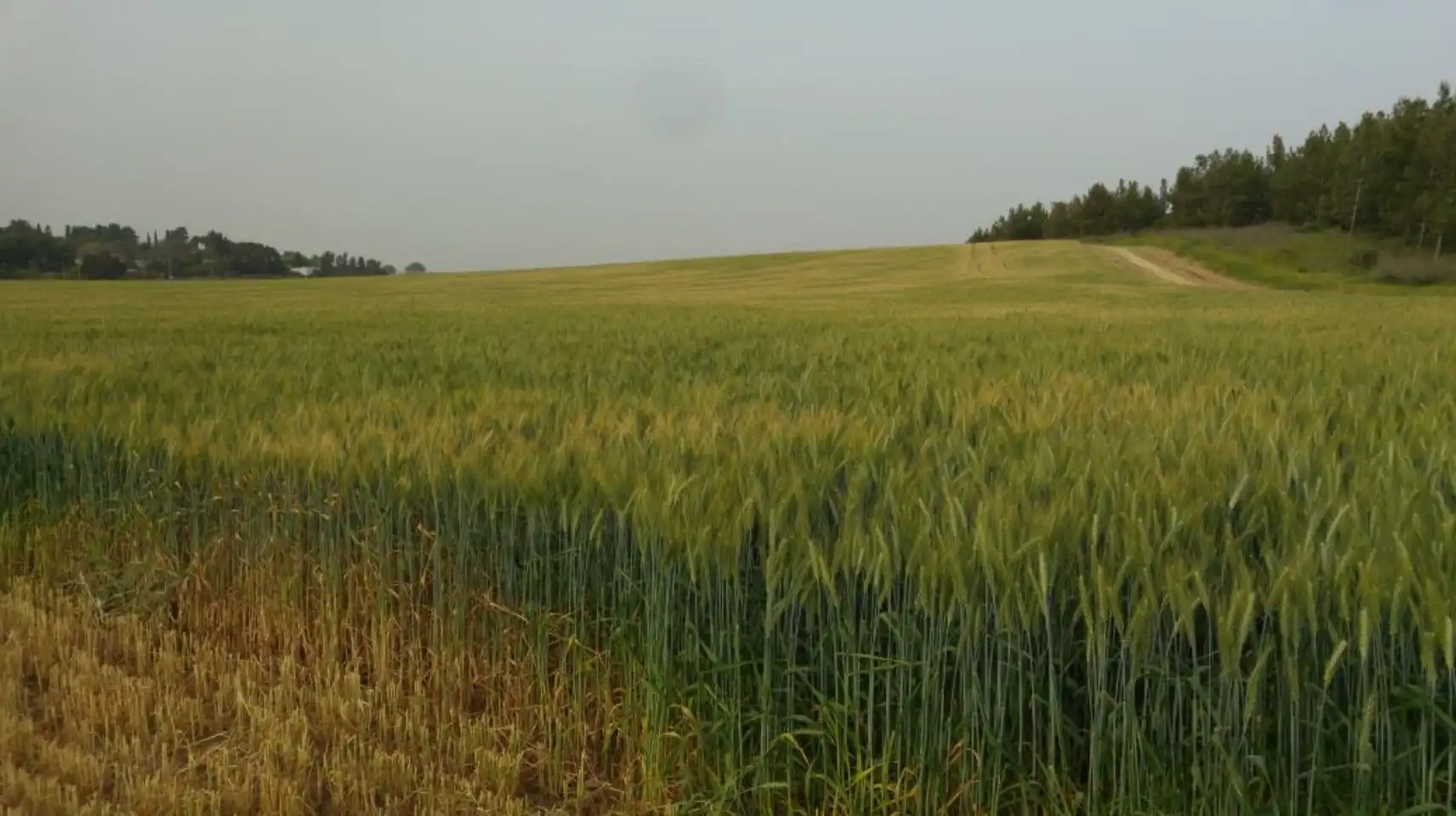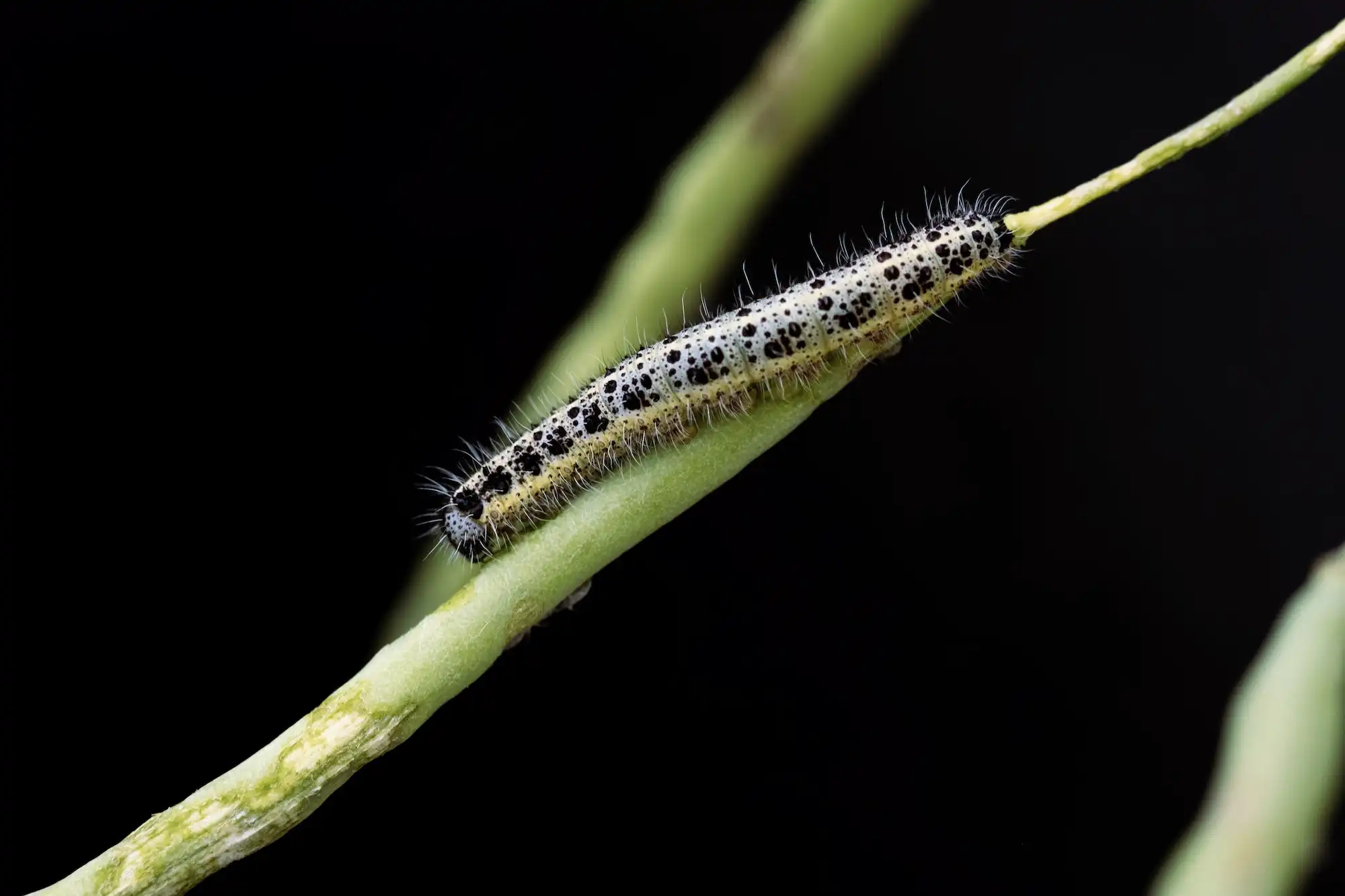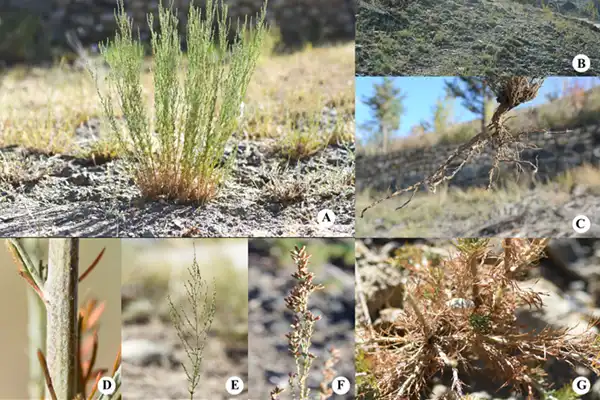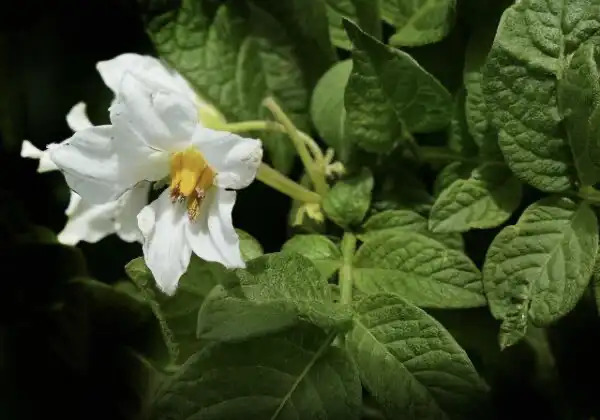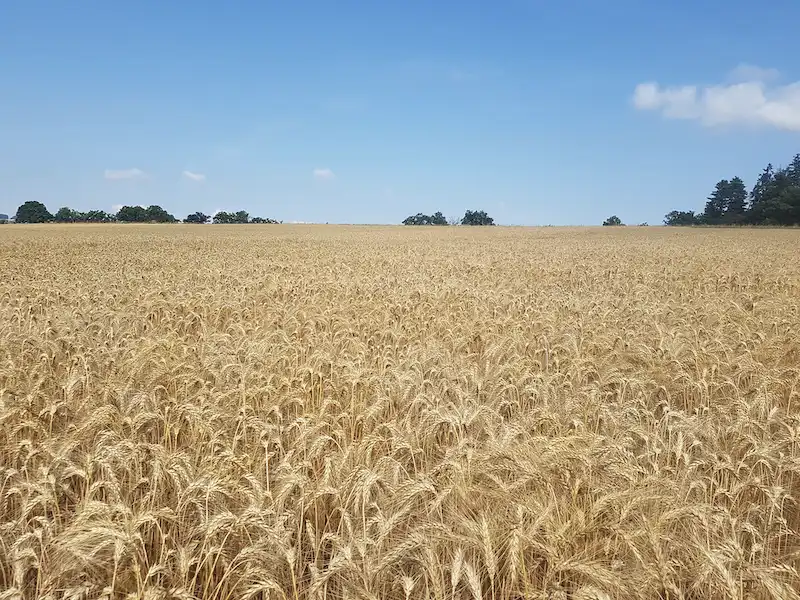
Rising sea levels due to climate change and artificial irrigation cause soil salinity to increase. This has a negative impact on agriculture, including viticulture. The plants die, yields decrease. Researchers have therefore studied a wild grapevine of higher salt tolerance.…
Read More


